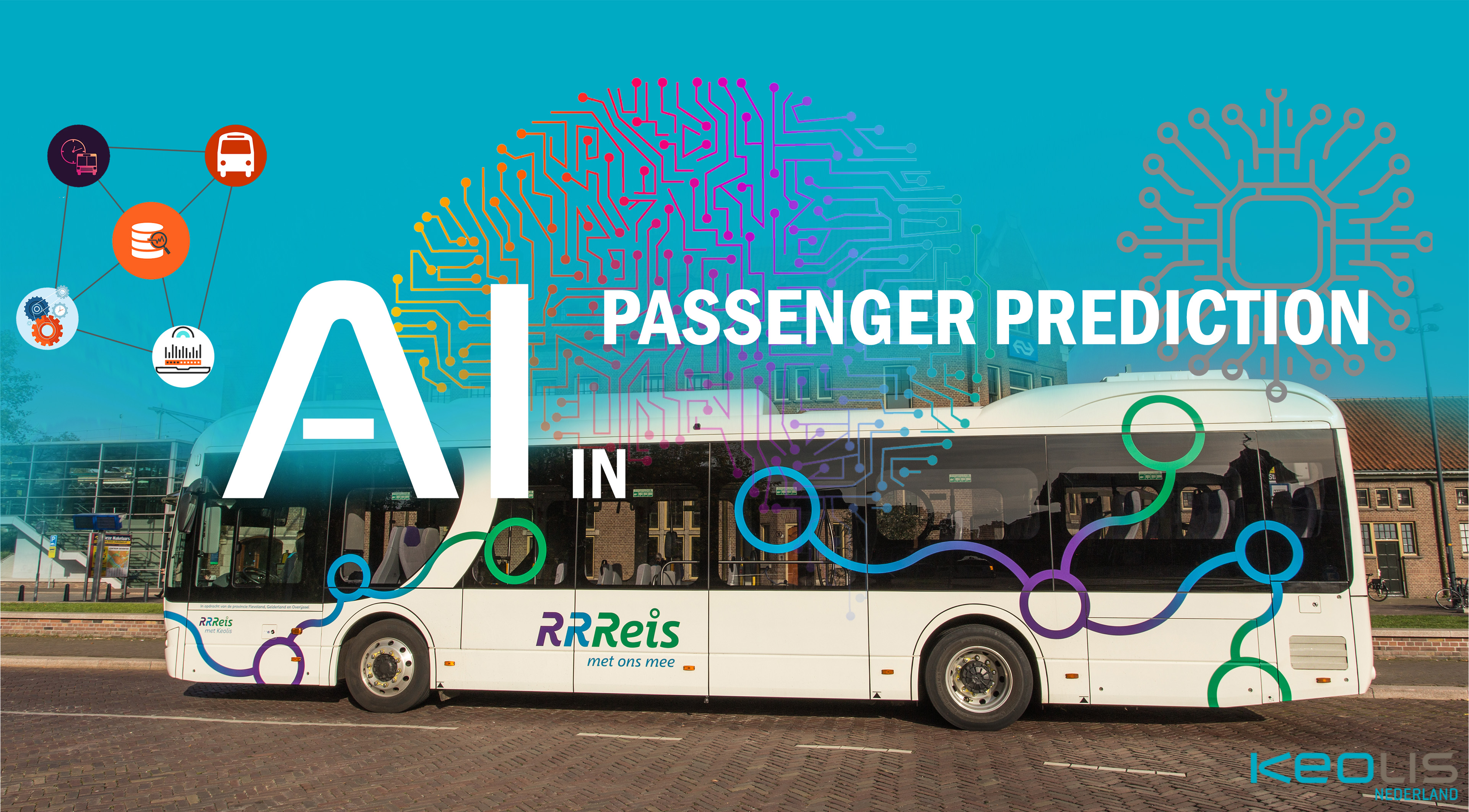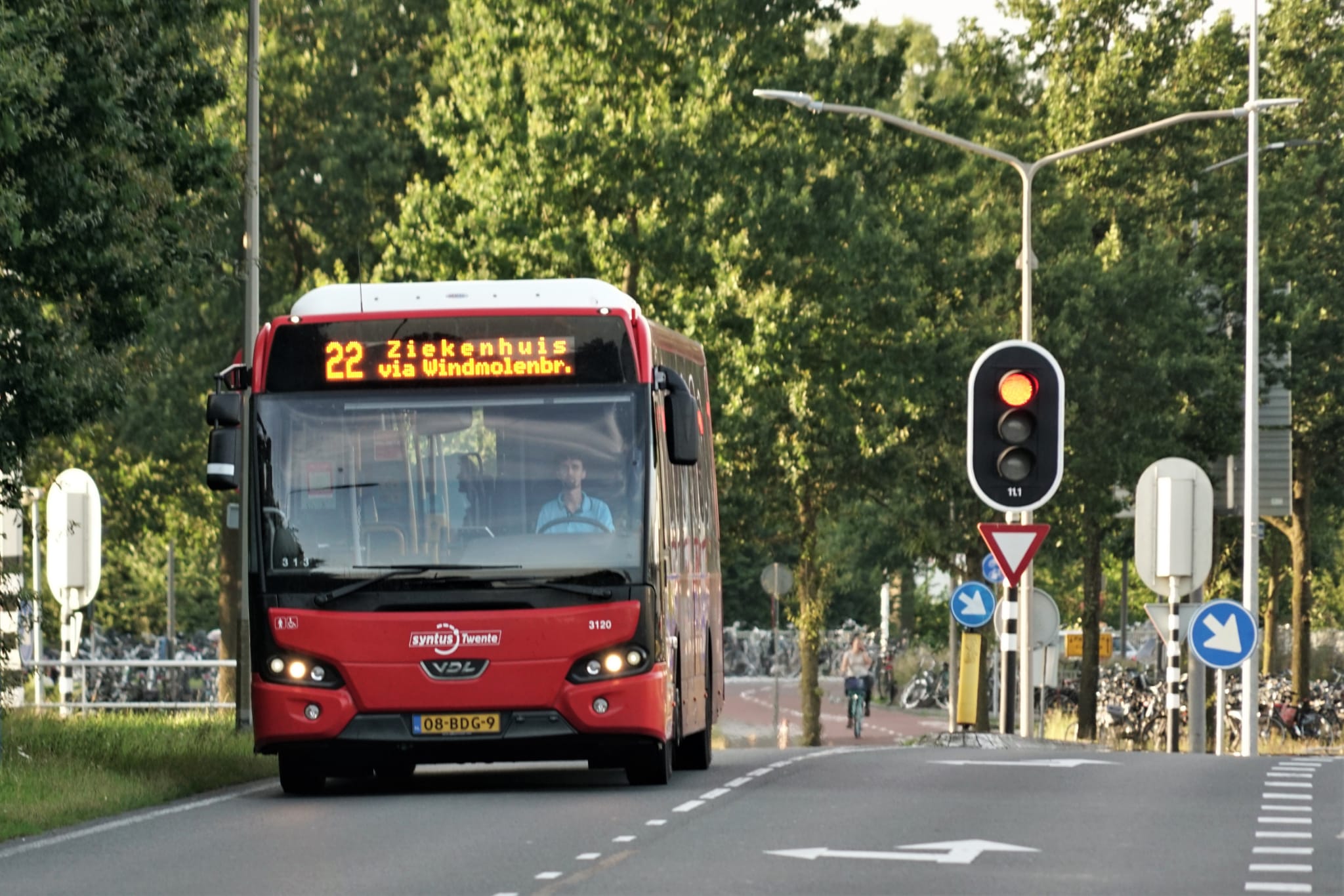Context: determining ridership as the weather changes
Weather often has a big impact on bus ridership. In the Netherlands, bad weather often leads to a significant increase in public transport demand, especially on workdays. For this reason, Keolis Nederland sought to develop an urban mobility solution for accurate predictions of passenger flows, in order to improve service and optimize the bus network.


